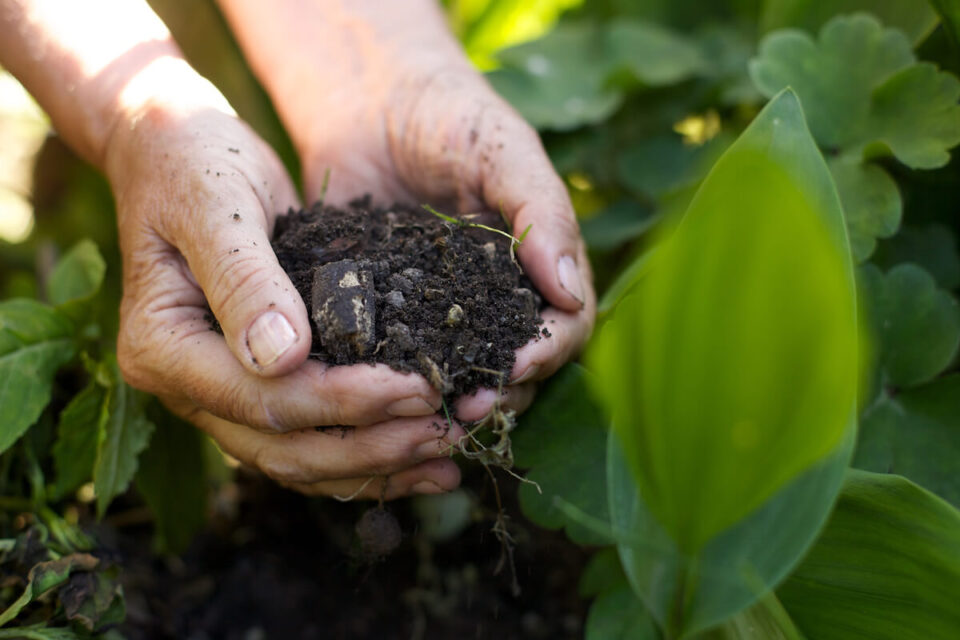Introduction
Soil is a living, breathing natural resource that nourishes plants and in turn, sustains all life on the planet. It needs delicate care to stay healthy and nutrient-rich so that it can pass on the benefits to plants that grow on it. If you need a fresh batch of topsoil for your garden, you can search for “topsoil near me” and order a few bags for the yard or the garden bed. Before you do that, let’s check out the secrets to healthy soil:
The Secrets
- Attributes of a healthy soil – Healthy soil has many characteristics and attributes. These allow you to judge the quality of the soil and figure out the problems that need to be fixed. Let’s check out what makes healthy soil:
- Organic Matter – This is the decomposed and broken down remains of animals or plants. It adds nutrients to the soil including nitrogen and minerals. Healthy soil should be rich in organic matter.
- Soil Structure – As the name suggests, it’s the way soil particles are clumped together and organized. You don’t want too dense or too loose soil structure. The former prevents aeration while the latter makes the soil prone to erosion. Healthy soil should have tiny air pockets evenly spread out to allow root systems to move around effortlessly and facilitate the movement of nutrients, microbes, air, and water.
- pH Balance – pH is a unit to measure the acidity of your soil. pH level affects everything in the soil. From the nutrients to the health of roots and microbial activity inside the soil. Plants have their ideal pH levels and that’s why this metric is subjective to plants. You have to figure out the ideal pH level of the plants you want to grow and reconfigure the soil to maintain that pH level.
Now let’s figure out how you can build and maintain healthy soil.
- Add rich organic matter to the soil – As mentioned above, healthy soil should be rich in organic matter. However, as you grow plants, the nutrients and organic matter leave the soil and may not be able to replenish quickly fast enough. That’s why you need to add organic matter to the soil.
The organic matter gets in the crevices of the soil to keep the soil moist for a long time. Make sure that you water the soil in such a way that the roots can absorb most of it before it drains away. Soil rich in organic matter also facilitates binding to improve soil structure and make it fluffy. If you have soil that pools water, amending it with the organic matter may solve the issue.
Composting is a great way of making organic matter at home. Also known as the “black gold”, it enriches the soil and boosts its nutritional content dramatically. However, making compost takes a lot of time that depends on humidity, heat, and other conditions inside the compost bin. That’s why it’s a precious resource that homeowners usually reserve for garden beds.
Compost also has tons of beneficial microbes that can benefit the soil. To make compost you need enough “green” and brown” organic matter mixed into the compost bin. “Green” matter includes grass clippings, wasted food, flower, manure, and fresh leaves while “brown” matter includes newspaper, wood, straw, sawdust, eggshells, and more.
You can also amend the soil with other things including worm castings, poultry manure, sand, perlite, earthworms, and pumice. Some of them increase the nutrients in the soil while others improve its texture, and some add more activity to the micro-ecosystem of the soil.
- Add soil amendments by layering them – Instead of tiling your soil and ruining its texture and structure, try layering. Set the base layer with a few inches of organic matter evenly spread over the soil. Add a layer of topsoil to cover it and add more organic matter. Keep layering the soil like this.
Over time, the added organic matter would be incorporated into the soil by the worms, root system of plants, and beneficial microorganisms in the soil. Let nature take its course while you lay the foundation for healthy soil.
- Crop Rotation – When you plant the same crops on the same spot year after year, the soil is going to lose certain key nutrients and exposes your plants to more pests and diseases. This won’t happen if you practice crop rotation.
It benefits both the plants and the soil. Plants have different nutritional needs and also affix nutrients to the soil. Research varieties that work well in crop rotation and plant them at appropriate intervals to reap the benefits and preserve the health of the soil.
- Mulching and cover crops – During the off-season, especially in fall and winter, protect the soil from erosion and the microbes living inside it by covering the soil with a layer of mulch. Mulch acts as insulation and also protects the delicate root system of plants from freezing and thawing.
You can also plant cover crops that add essential nutrients to the soil and maintain its structure. Planting cover crops and mulching can help you restore soil fertility while also protecting beneficial insects and microorganisms that live in the soil.
- Steer clean from chemicals – Chemical fertilizers and pesticides are easily available in the market for a cheap price and are kind of a cheat for a gardener. However, you should stay away from them since they do more harm than good.
Harsh chemicals used in fertilizers and pesticides pollute the soil, water and kill off beneficial microorganisms and insects inside the soil. The chemicals also make up their way from the roots and make it to your dinner table. That’s why you should stick to organic matter to enrich and preserve the health of your soil.
Conclusion
Now that you know all about the secrets to healthy soil, you should get to work and compost, mulch, and layer as necessary. If you want to fix the acidity of your soil or want to fill up a few holes in your yard, you can search for “ topsoil near me” and order a few bags.

